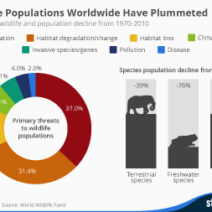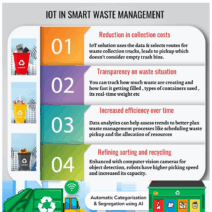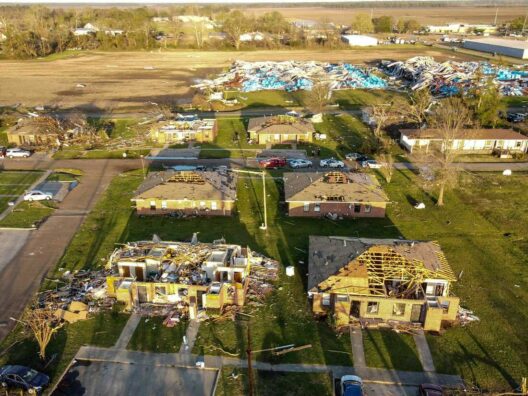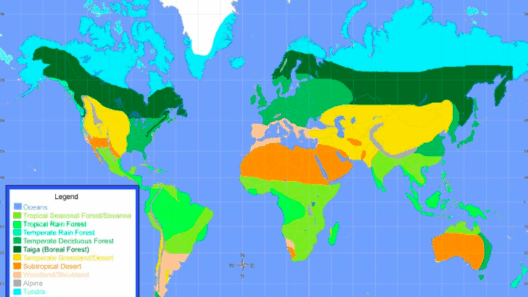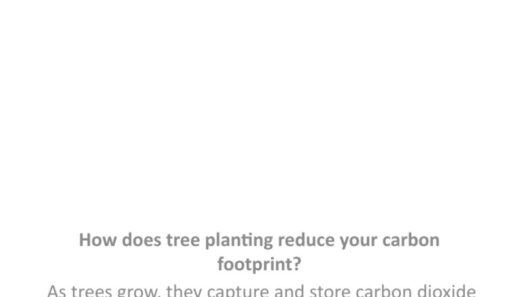As humanity tumbles headlong into a new age defined by rising temperatures and erratic weather patterns, the concept of global warming has morphed into one of existential urgency. The question looms large: How much longer can we afford to procrastinate on climate action before the consequences become irrevocable? This investigation delves into the precipice we find ourselves on, examines the scientific evidence, and contemplates the societal implications of our choices.
To understand the gravity of the situation, it is essential to grasp the mechanics of climate change. The Earth operates within a delicate balance, one that has been disrupted by human activities, chiefly the combustion of fossil fuels, deforestation, and industrial practices that release greenhouse gases into the atmosphere. The Intergovernmental Panel on Climate Change (IPCC) has delineated a startling timeline; we may only have until 2030 to halve our carbon emissions if we are to avert catastrophic climate scenarios.
Fascination with global warming arises from both its unprecedented nature and its far-reaching ramifications. Unlike past environmental challenges, which were often localized or temporary, global warming introduces a series of systemic crises that overlap in complex ways. Rising temperatures are just the beginning; they trigger a cascade of events including sea-level rise, more intense storms, prolonged droughts, and the loss of biodiversity. Each phenomenon doesn’t merely coexist but interacts with others, creating a matrix of challenges that demands holistic solutions.
One of the most visceral illustrations of these interactions is the ice melt in polar regions. Antarctica and Greenland serve as the planet’s air conditioner, reflecting sunlight and moderating global temperatures. However, as these ice sheets disintegrate, they contribute to rising sea levels while simultaneously altering oceanic currents that regulate climate patterns. The feedback loops initiated by this melting can lead to increased warming, creating a vicious cycle that invites catastrophe.
Several studies indicate that we may already be witnessing the early effects of irreversible change. The concept of ‘tipping points’—thresholds beyond which certain ecosystems can no longer recover—has become a focal point in climate science. For instance, the Amazon rainforest, often dubbed the Earth’s lungs, faces the possibility of transformation into a savanna-like landscape if deforestation continues unabated and temperatures rise beyond certain thresholds. The loss of this biome would not only impact local biodiversity but could also release stored carbon back into the atmosphere, propelling climate change further.
Addressing global warming requires more than awareness; it necessitates a paradigm shift in our approach to sustainability. Recent innovations in renewable energy technology provide a beacon of hope, demonstrating that a transition to cleaner sources is not only feasible but economically advantageous. Solar and wind energy have become not just alternatives but primary sources of electricity in many regions. However, the institutional inertia surrounding fossil fuel subsidies and the political reluctance to implement stringent regulations pose formidable barriers.
In tandem with technological advancements, behavioral changes at the individual and community levels can play a crucial role in slowing down the momentum of climate change. A culture of sustainability can foster resilience against environmental shifts. Simple adjustments—such as advocating for local food consumption, reducing meat intake, and supporting sustainable transport—can collectively yield significant dividends. Social movements demanding accountability from corporations—often the largest contributors to greenhouse gas emissions—are gaining traction and must continue to apply pressure for systemic change.
While the scientific community races to convey the urgency of the situation, misinformation and apathy persist as considerable obstacles. A societal divide has emerged, with public perception often lagging behind scientific consensus. Education and transparency in climate science are paramount. Institutions and leaders must engage with communities in meaningful conversations about climate resilience and equip them with the necessary tools for adaptation.
The intersection of climate change and social justice cannot be overlooked either. Disadvantaged communities, often the least responsible for emissions, bear the brunt of climate impacts. Equitable climate action that addresses historical inequities is essential. Investing in renewable infrastructure in these communities would not only foster resilience but also create jobs and improve local economies—an intersectional approach that acknowledges the complexity of the challenges we face.
As we stand at this precarious juncture, the clock continues to tick. The question is no longer whether we can change our trajectory; it is how urgently we must act to avert irreversible damage. With every passing day, the consequences of inaction compound, making proactive measures increasingly imperative. This “eleventh hour” becomes a defining moment for humanity. Only through collective action, innovative solutions, and unwavering commitment to sustainability can we hope to navigate the tumultuous waters ahead and emerge with our planet intact.
In conclusion, the phenomenon of global warming serves as a poignant reminder of our interconnectedness. The stakes are high, and the repercussions of a failure to act extend far beyond our present to future generations. As advocates for sustainability unite to forge a path forward, it is our shared responsibility to ensure that the climate chaos we witness today does not define our tomorrow.
